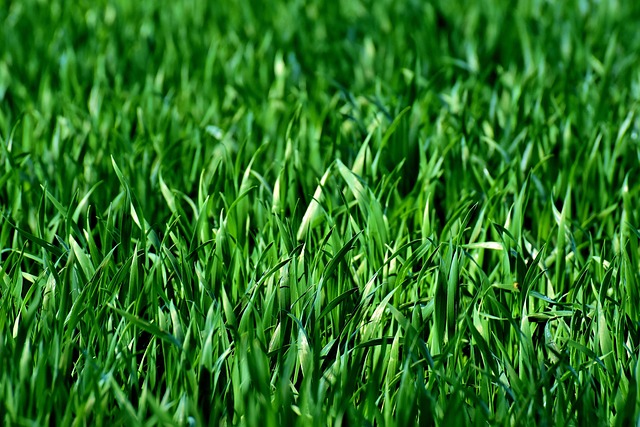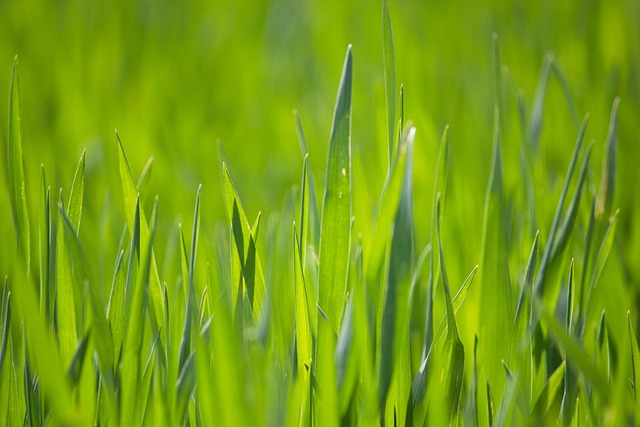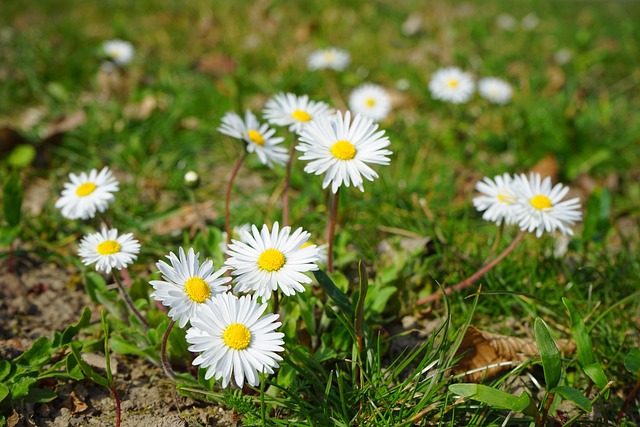Lawn fungus, caused by organisms like Fusarium, Aspergillus, and Pythium, leads to damage. Factors include poor circulation, excess moisture, and herbicide application for right-of-way vegetation in Wheat Ridge, which stress lawns. Proactive care involves strategic herbicide applications, consistent mowing, proper watering, fertilization, and seasonal weed management. Regular monitoring is key to preventing and addressing fungal issues.
Lawn plants, despite their resilience, are susceptible to fungal infections that can leave unsightly patches and require costly repairs. Understanding lawn fungus, its common types, and causes is the first step towards prevention. This article delves into effective strategies, focusing on herbicide application for right-of-way vegetation control in Wheat Ridge. Learn about preventive measures and year-round maintenance practices to keep your lawn healthy and fungus-free.
- Understanding Lawn Fungus: Common Types and Causes
- Herbicide Application: Effective Strategies for Right-of-Way Vegetation Control in Wheat Ridge
- Preventive Measures: Year-Round Maintenance for Healthy Lawns
Understanding Lawn Fungus: Common Types and Causes

Lawn fungus is a common issue that can affect any turfgrass, causing unsightly damage and potential health hazards. Understanding the different types and causes of lawn fungus is crucial for effective prevention. Common types include Fusarium, Aspergillus, and Pythium, each with distinct characteristics and impact. Fusarium often manifests as brown patches on lawns, while Aspergillus can lead to allergic reactions due to its spore production. Pythium, the so-called “water mold,” thrives in moist conditions and causes rapid blighting of grass.
Several factors contribute to lawn fungus development, including poor air circulation, excessive moisture, nutrient deficiencies or imbalances, and herbicide application for right-of-way vegetation in Wheat Ridge. Overwatering is a frequent culprit, as it creates the perfect environment for fungi to thrive. Herbicides, while essential for managing weeds, can also negatively impact turfgrass health if not applied correctly, leading to stress that makes lawns more susceptible to fungal infections.
Herbicide Application: Effective Strategies for Right-of-Way Vegetation Control in Wheat Ridge

Maintaining a pristine lawn extends beyond regular mowing, and controlling unwanted vegetation is a key aspect of this endeavor. In Wheat Ridge, herbicide application has emerged as a strategic tool for managing right-of-way (ROW) vegetation effectively. The city’s unique landscape presents challenges when it comes to keeping grass areas clear of weeds, shrubs, and trees that can compete for resources.
Professional landscapers and weed control experts in Wheat Ridge utilize targeted herbicide applications to achieve precise results. This method involves carefully selecting herbicides suited to the specific vegetation and soil conditions found along city roadsides and medians. By employing strategic timing and mixing appropriate active ingredients, these professionals can eradicate unwanted plants while minimizing environmental impact. Such tailored approaches ensure that wheat ridge residents enjoy well-maintained lawns and scenic public spaces.
Preventive Measures: Year-Round Maintenance for Healthy Lawns

Maintaining a healthy lawn is key to preventing fungal issues. Year-round care involves consistent mowing, proper watering, and regular feeding with fertilizers suitable for the grass species. This routine ensures the grass stays robust and resilient, making it less susceptible to diseases.
One critical preventive measure is seasonal herbicide application, especially in areas like Wheat Ridge where managing right-of-way vegetation is essential. Targeted herbicide treatments can effectively control invasive weeds that compete with lawn grasses for resources, reducing their overall stress and promoting healthier growth. Regular monitoring and quick response to any signs of distress or unusual growth patterns are also vital components of proactive lawn care.
In conclusion, maintaining a healthy lawn involves a comprehensive understanding of lawn fungus prevention. By identifying common types and their causes, implementing effective herbicide application strategies for right-of-way vegetation control in Wheat Ridge, and adopting year-round preventive measures, homeowners can ensure their lawns remain vibrant and free from fungal threats. These practices, combined with proper maintenance, create an ideal environment for grass to thrive and outcompete fungus, ultimately preserving the beauty of your outdoor space.
